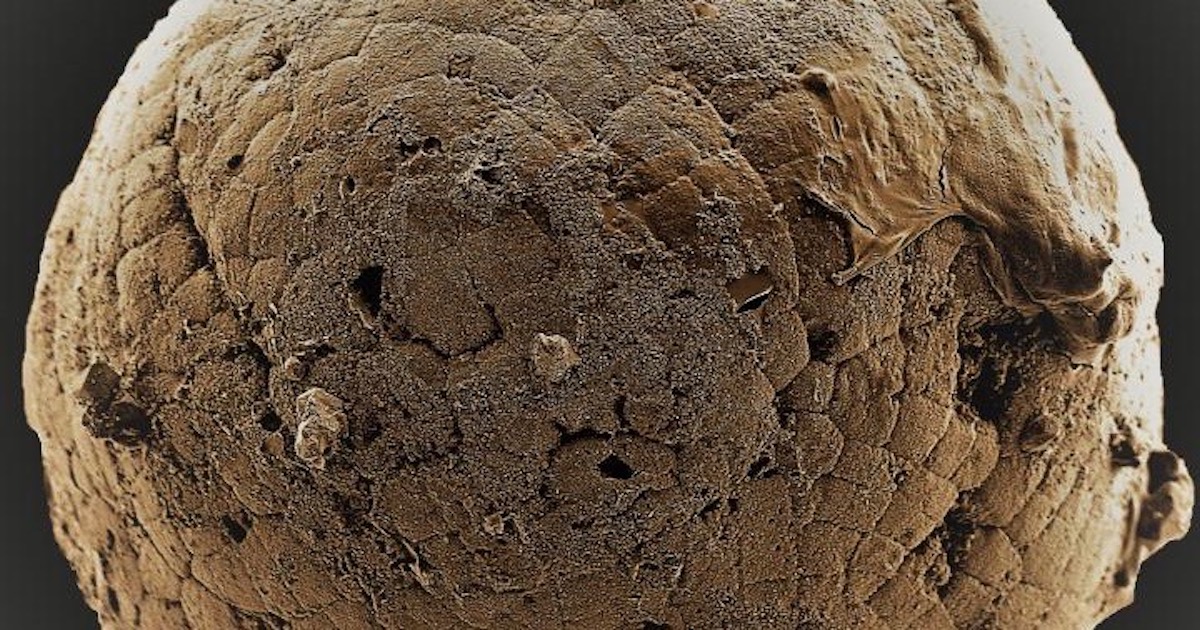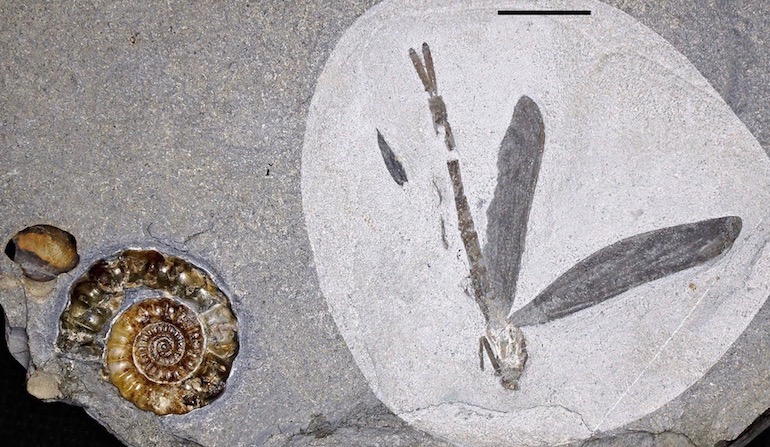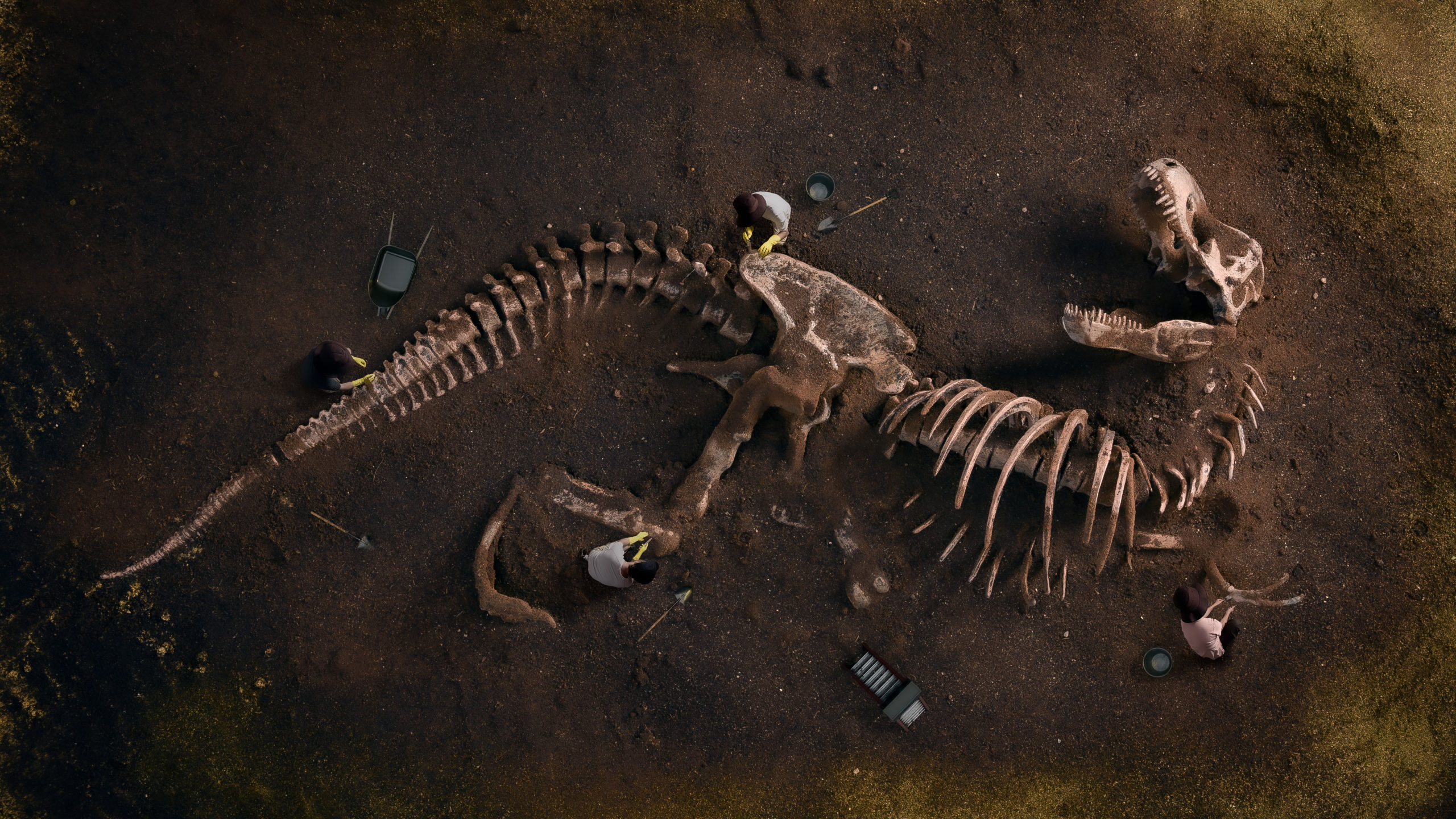


Debunked Transitional Fossils Just the Tip of the Iceberg

The National Geographic View of the Fossil Record is Wrong
Evolutionary biologist Richard Sternberg challenges what he calls the “National Geographic” or “textbook” view of the fossil record as a support for modern Darwinian theory. In this bonus interview released as part of the Science Uprising series, Sternberg unpacks what the fossil record really shows, what we learn from population genetics about Darwinian theory, and how the Darwinian mechanism can’t Read More ›

Jonathan Wells: Human Evolution, Darwinism, Fossils

First Animals? Fossils Won’t Fit Cambrian Evolution

Intelligent Design Theory and the Fossil Record
00:06 | What is your area of research interest? 00:34 | What made you doubt the widely accepted neo-Darwinian explanation? 02:15 |Is there really a multitude of indirect forms in the fossil record confirming the gradual emergence of new species? 03:23 | Was the “sudden” appearance of new forms of living organisms during the so-called Cambrian explosion an individual event Read More ›

New Species of Fossil Dragonfly Named for ID Proponent Michael Behe

Does Intelligent Design offer a plausible Account of Life’s Origins?

What ‘Ida’ Give for a Missing Link
As a follower of the evolution debate, I love it when new “missing links” are found. Not only does the media plunge headfirst into a crusade for Darwin, but suspiciously, it is only after unveiling the breakthrough that evolutionary biologists admit how precious little evidence they previously held for the evolutionary transition in question. Take the recent media coverage of Read More ›

Intelligent Design Has Scientific Merit in Paleontology
[Editor’s note: This article was posted as part of a series of articles both for and against ID at OpposingViews.com.] “What one actually found was nothing but discontinuities. All species are separated from each other by bridgeless gaps; intermediates between species are not observed. … The problem was even more serious at the level of the higher categories.”1—Leading 20th Century Read More ›